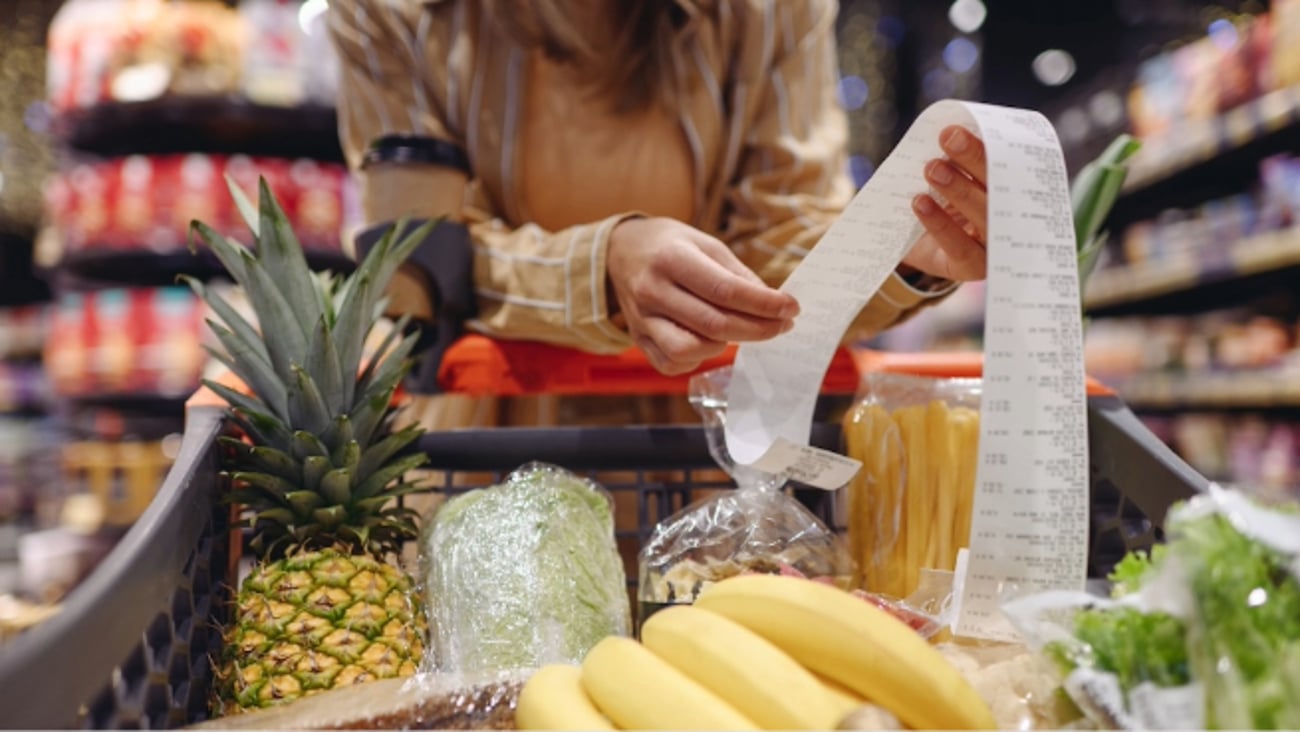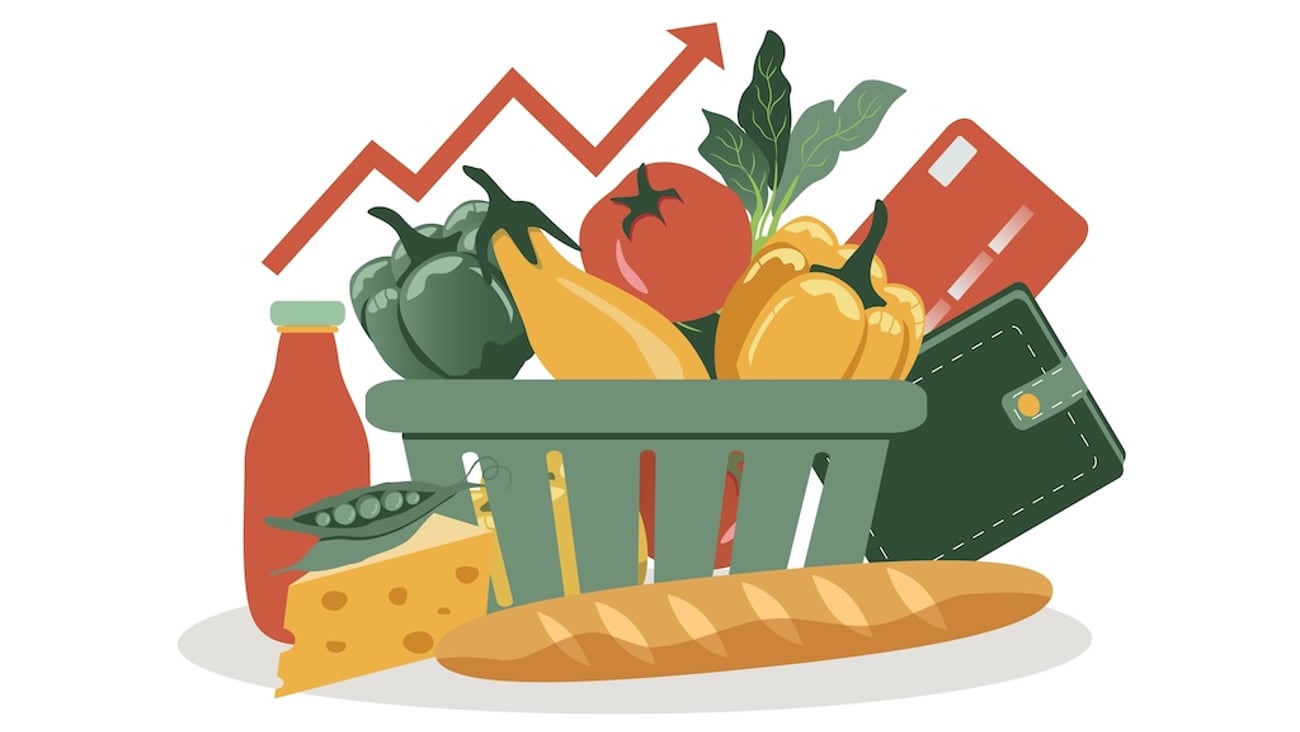Food prices fooled you—the GST holiday’s hidden trick
For the first time since May 2017, food inflation in Canada dipped into negative territory, reaching -0.6% in January. The numbers seem reassuring—on the surface. Inflation at restaurants plummeted to an all-time low of -5.1%, while inflation for food purchased in stores stood at +1.9%. But before Canadians celebrate a rare break on their food bills, a deeper look at the data raises questions about whether these figures tell the full story.
One major factor at play is the temporary GST holiday introduced nationwide, which slashed sales taxes on restaurant meals. While some provinces, such as Newfoundland & Labrador, Nova Scotia, Prince Edward Island, and New Brunswick, saw a 15% drop in GST/HST, others had lower reductions, like Ontario with a 13% decrease and most western provinces with a 5% decrease. Yet, despite this tax relief, restaurant inflation didn’t fall as much as one might expect, suggesting that underlying cost pressures in the food service sector remain significant. January 2025 was the only month when the GST holiday covered the entire month, making its impact on inflation particularly pronounced. However, with the GST holiday ending last weekend, consumers may soon feel the effects of returning taxes.
READ: GST holiday ‘a flop’ with few small retailers reporting higher sales, CFIB says
The declines in restaurant inflation varied across regions, indicating that restaurant price reductions have been more about tax cuts than true cost relief. If the GST holiday masked the real trends, what happens now that it has ended? A snapback effect, with higher restaurant inflation, could hit consumers hard.
Meanwhile, grocery store inflation also appears deflated, but not across the board. Some categories, like eggs and fresh and frozen meats, are rising, bucking the trend. These increases suggest that cost pressures remain in certain areas of the food sector, despite overall declines in food prices. Wages, uncertainty around borders, and tariffs are impacting prices. Additionally, the potential for opportunity pricing—where businesses raise prices opportunistically due to temporary market distortions like the GST holiday—could further exacerbate cost increases for consumers. This brief period of negative food inflation may be more of an anomaly than a sign of lasting relief.
If the GST holiday were removed from the equation, the true food inflation level would likely be significantly higher. Adjusting for tax relief, restaurant inflation would have been closer to 3-5%, rather than -5.1%, while grocery store food inflation would have been closer to 3-4%, instead of +1.9%. This suggests that the underlying cost pressures are still driving prices up, and consumers may face a stark reality now that the temporary tax break has expired.
READ: How the GST holiday distorted Canada's food inflation story
The bottom line? The GST holiday should have been made permanent to prevent businesses from engaging in opportunity pricing. Without it, consumers are left vulnerable to sudden price hikes that exploit temporary market distortions. The GST holiday may have temporarily softened food inflation, but it hasn’t resolved the structural issues keeping food prices high. With tax relief now expired, Canadians should brace for a potential rebound in prices.
Policymakers and industry leaders must focus on long-term solutions to address food affordability beyond temporary tax breaks—because now that the GST holiday has ended, the real test begins. The GST holiday may have temporarily softened food inflation, but it hasn’t resolved the structural issues keeping food prices high. With tax relief now expired, Canadians should brace for a potential rebound in prices. Policymakers and industry leaders must focus on long-term solutions to address food affordability beyond temporary tax breaks—because now that the GST holiday has ended, the real test begins.






